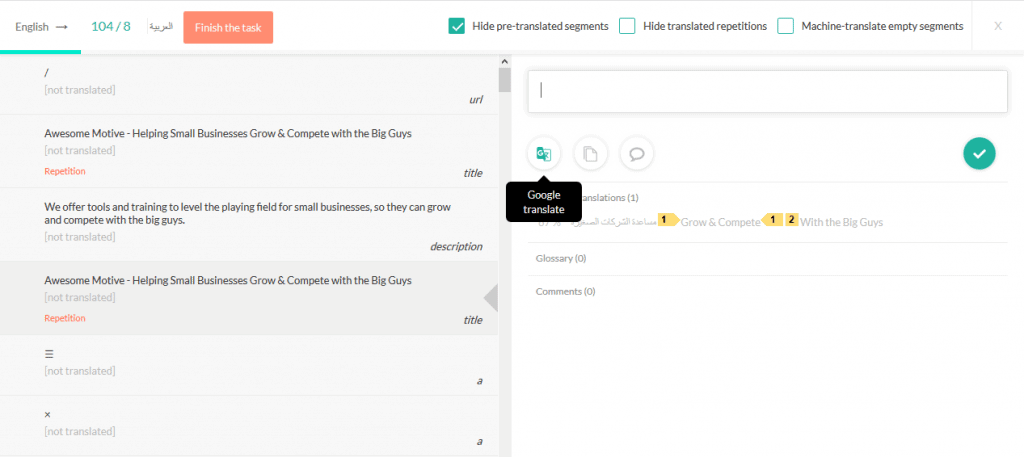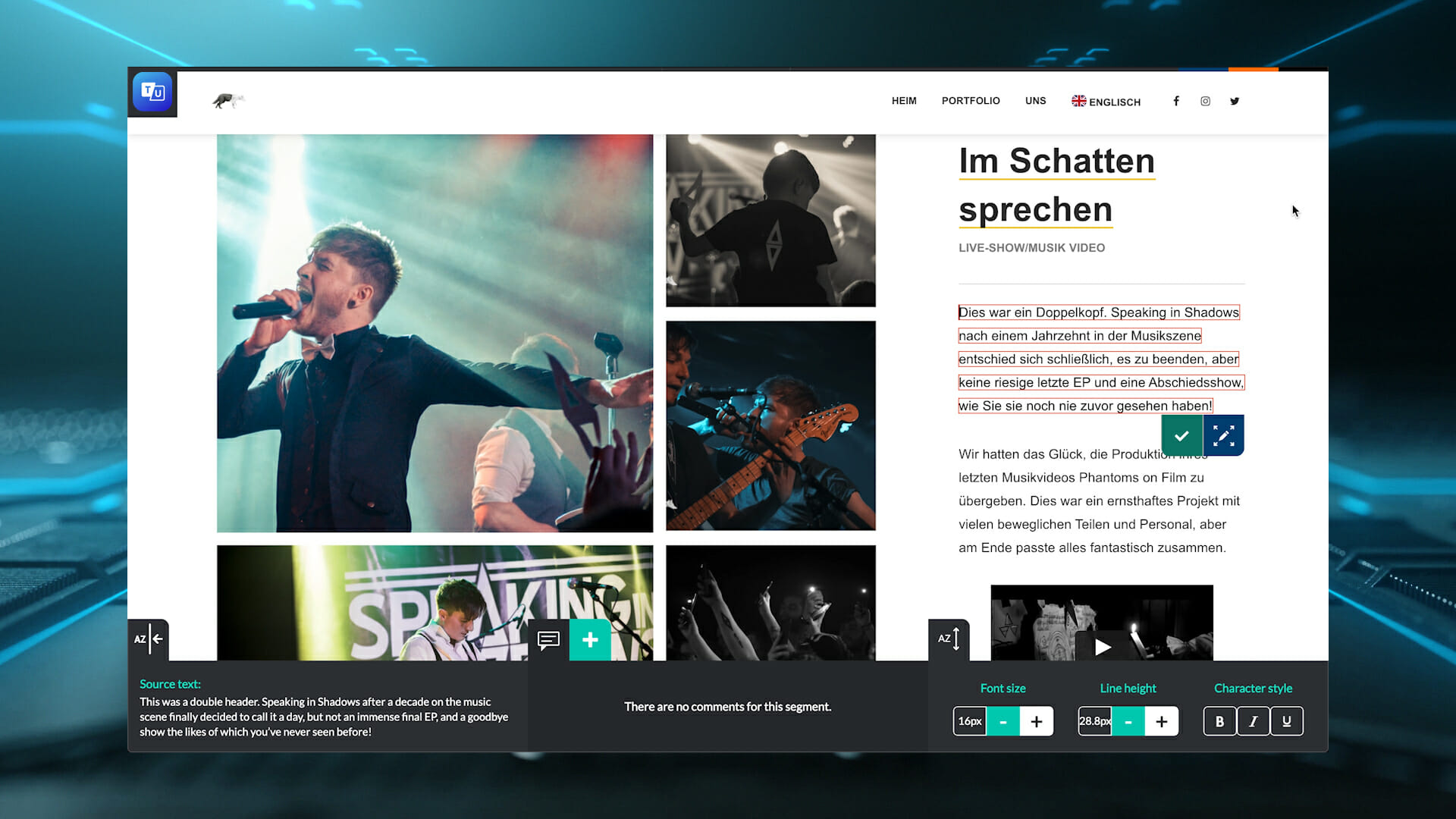With a myriad of language service providers at your disposal, introducing your e-commerce to foreign markets has never been easier.
Nevertheless, a simple translation may not quite be enough. We can’t overstate the importance of localization when it comes to website translations, and this is true of e-Commerce too.
Ideally, new customers from international markets become repeat customers. Fully localizing their digital experience on your site by ensuring SEO and UX correspond perfectly will make that a reality. Sounds complicated right? Fear not! We’ve put together this blog post to help you properly engage with e-Commerce localization. Focusing on UX and SEO as a part of the process.
SEO in eCommerce Localization
If you’re running a website in your native market, you know your SEO like the back of your hand. With e-Commerce especially, your content, metrics, and how you act on them is imperative for scaling. Unfortunately, your well-maintained SEO best practices for that native market need to go above and beyond when going global. Consider that international customers may use a completely different set of search terms to find their desired product.
The key to localization is very much in the name; you are marketing to different audiences at a local level. Finding you in the first place via SEO to how you engage with them through your UX increases your appeal. Properly localizing your e-Commerce so it can be indexed by Google and other major search engines is of paramount importance. Every translated page of your website must have an individual and unique URL. This way, your online shop webpages can be displayed within the search results.
For example, your website might be translated into three different languages – with your source language being number four. To maximize the effectiveness of the search terms, you need unique URLs for each page, in each language.
When selecting a language service provider, look for one that extracts multiple types of meta tags for translation:
meta name=”title”
– This is the label at the top of the web browser when we open a website – it also appears as the title in search results.
meta name=”description”
– This type of label appears beneath the title label in search engine results and a brief description of the content of each of the pages of the website.
meta name=”keywords”
– These will only have to be translated depending on the country of destination and the search engines most prevalent there.
All these tags are extracted as translatable content and are key for search engines displaying your results in searching consumers. Remember, the easier you are to find the more likely customers are to engage with you; more traffic = more conversions.
UX in e-Commerce Localization
- Your site needs to load fast regardless of the platform. Furthermore, responsive web design (RWD) is crucial for making sure your website appears well across the spectrum of used devices.
- Stay consistent. Consider how you want your site and UX to appear and apply that to every page.
- Design your online shop with simplicity in mind. Consumers don’t need unnecessary bells and whistles when shopping. Keep it simple, clean, concise, minimal, and aesthetically pleasing. Sifting through dirty clutter in a physical shop is wholly unappealing, the same is true of an e-store.
- Research, monitor, adapt. You’ll have a ton of metrics at your disposal in the backend of your website. Continually consult them to see what’s working, what isn’t, and where you can make effective changes. Knowledge is power!
Nevertheless, as we mentioned before, approaching international markets requires an extra bit of elbow grease. Localization extends far beyond just your written content, and your UX needs to reflect that too. Strike a balance between maintaining your brand identity but also avoiding potential cultural mistakes through bad or nonexistent localization. Everything from colour and illustration to visual and linguistic style choices can be make-or-break for your brand when going global.
You are adjusting your e-commerce to meet the market you hope to engage with – that market won’t change for you. We’ve mentioned this before but you can save yourself some almighty headaches by planning with your language service provider. Take into account support for RTL text direction for Arabic and Hebrew. But also will automatically adjust the layout of your shop to accommodate this. Text alignments, pictures, images, and general functionality all need to be considered early on in your planning phase. It’s better to have the capability and never need to use it rather than the other way around!
Finally, consider your message itself.
The language you choose and how you use it will drastically affect how you are received in different markets. Should you use a formal or informal form in Thank you for your order message in Thai? These are the kind of considerations that will show consumers you’ve pulled out all the stops for their experience. Contemplate the values inherent in your product and how they’ll translate to your target culture. You may find your product is popular for an entirely different set of reasons from market to market.
By creating market-specific content, you’ll gain faster traction and a much higher chance of finding new customers and hopefully brand ambassadors.



